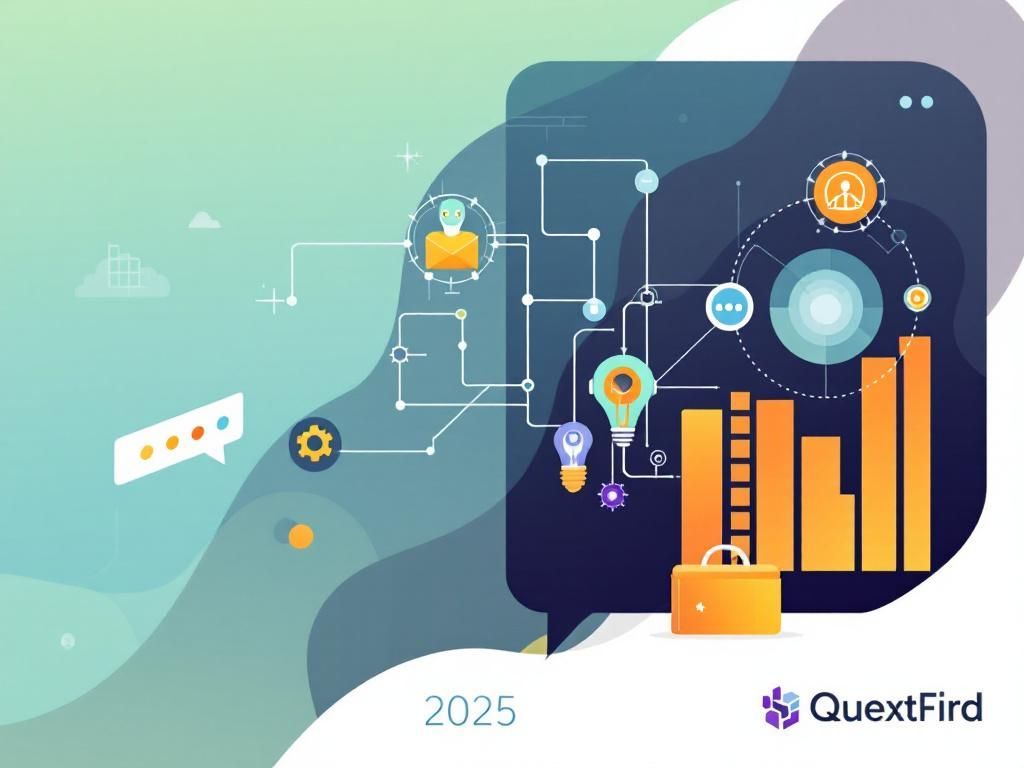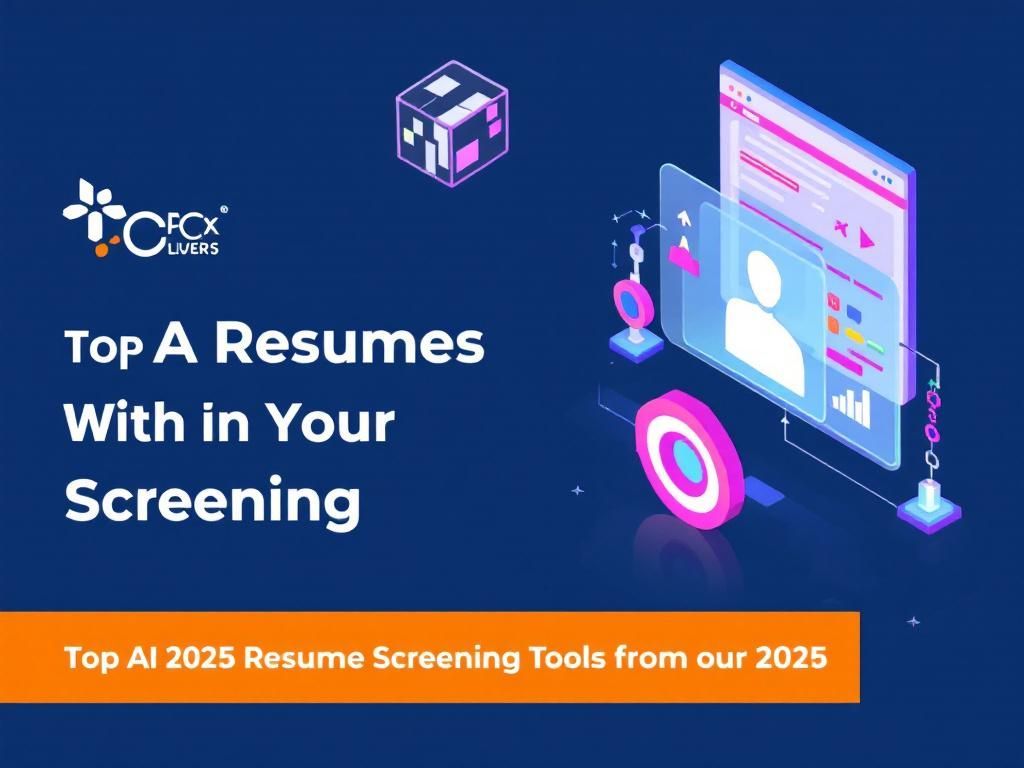As organizations increasingly recognize the importance of effective onboarding processes, the integration of artificial intelligence (AI) into human resources (HR) has emerged as a transformative force. By 2025, AI tools will reshape the way businesses approach onboarding, enhancing efficiency, engagement, and retention rates. This article delves into the top AI tools for HR onboarding that are anticipated to make a significant impact in the near future.
Understanding AI in HR Onboarding
AI technologies in HR onboarding streamline various processes, from candidate assessment and communication to training and integration into company culture. These tools leverage machine learning algorithms, natural language processing, and data analytics to create a more personalized and efficient onboarding experience.
Benefits of AI in Onboarding
- Enhanced Efficiency: Automating repetitive tasks allows HR teams to devote time to strategic initiatives.
- Personalization: AI can tailor onboarding experiences to individual needs, improving engagement.
- Data-Driven Decisions: AI tools provide insights that help organizations make informed hiring and onboarding decisions.
- Increased Retention: By improving the onboarding experience, companies can reduce employee turnover rates.
Top AI Tools for 2025
The following AI tools are expected to lead the charge in transforming HR onboarding processes in 2025:
1. Chatbots for Interactive Engagement
AI-driven chatbots can significantly enhance candidate engagement by providing immediate assistance and guidance throughout the onboarding process. These chatbots can:
- Answer common questions regarding company policies and procedures.
- Guide new employees through necessary paperwork.
- Provide real-time updates on onboarding tasks and deadlines.
2. AI-Powered Video Interviews
Video interview platforms equipped with AI capabilities can assess candidate responses and non-verbal cues, providing HR teams with deeper insights into candidate suitability. Features include:
- Automated analysis of facial expressions and tone of voice.
- Performance scoring based on predefined criteria.
- Integration with existing HR software for seamless flow.
3. Personalized Learning Management Systems (LMS)
Modern LMS platforms utilize AI to deliver personalized training experiences. Key aspects include:
| Feature | Description |
|---|---|
| Adaptive Learning Paths | Customizes training content based on employee progress and performance. |
| Content Recommendations | Suggests relevant training materials tailored to individual roles. |
| Performance Tracking | Monitors progress and provides feedback to improve learning outcomes. |
4. Onboarding Automation Tools
Automation tools help streamline administrative tasks associated with onboarding. Their capabilities often include:
- Document management and e-signature functionalities.
- Automated reminders for training and compliance deadlines.
- Centralized portals for easy access to onboarding materials.
5. Sentiment Analysis Tools
Sentiment analysis tools can gauge employee sentiment during the onboarding process by analyzing feedback and communications. Benefits include:
- Identifying potential issues early in the onboarding journey.
- Providing insights to improve the overall employee experience.
- Enhancing retention by addressing concerns promptly.
Case Studies of Successful Implementation
Several organizations have already begun to incorporate AI tools into their onboarding processes, yielding impressive results. Here are a few notable examples:
Case Study 1: TechCorp
TechCorp implemented an AI-powered chatbot named “OnboardBot” to assist new hires. As a result, they saw a:
- 30% reduction in onboarding time.
- 25% increase in employee satisfaction scores.
- Improved knowledge retention rates among new employees.
Case Study 2: HealthPlus
HealthPlus integrated personalized LMS for their onboarding process, which led to:
- An 18% decrease in training completion time.
- Higher competency scores in job-specific skills.
- Increased employee confidence in their roles.
Challenges of AI in HR Onboarding
While the benefits of AI in onboarding are substantial, organizations must also navigate certain challenges, including:
- Data Privacy Concerns: Ensuring that employee data is managed securely and in compliance with regulations.
- Over-reliance on Automation: Maintaining human oversight to prevent impersonal experiences.
- Integration Issues: Ensuring that AI tools seamlessly integrate with existing HR systems.
Future Trends in AI Onboarding
The landscape of AI tools for HR onboarding is rapidly evolving. Here are some anticipated trends for the near future:
1. Enhanced Personalization
Further advancements in machine learning will allow for even more personalized onboarding experiences, taking into account factors such as learning styles and prior experience.
2. Gamification
Incorporating gamification elements into onboarding processes can boost engagement and motivation among new hires.
3. Virtual Reality (VR) Integration
Utilizing VR for simulated onboarding experiences can provide an immersive introduction to company culture and team dynamics.
Conclusion
As we approach 2025, the role of AI in HR onboarding is set to become more critical than ever. Organizations that embrace these innovative tools will not only enhance their onboarding processes but also drive overall employee engagement and retention. By choosing the right AI tools tailored to their unique needs, companies can build a strong foundation for future success.
FAQ
What are the best AI tools for HR onboarding in 2025?
In 2025, some of the top AI tools for HR onboarding include Chatbots for real-time assistance, AI-driven onboarding platforms like BambooHR, and predictive analytics tools for employee engagement.
How can AI improve the onboarding process in HR?
AI can streamline the onboarding process by automating administrative tasks, providing personalized training experiences, and offering data insights to enhance employee engagement and retention.
What features should I look for in AI onboarding tools?
Key features to look for include user-friendly interfaces, customizable training modules, integration capabilities with existing HR systems, and analytics for tracking onboarding effectiveness.
Are there any risks associated with using AI in HR onboarding?
Yes, potential risks include data privacy concerns, reliance on automated systems that may overlook personal nuances, and the need for ongoing human oversight to ensure a positive onboarding experience.
How does AI enhance employee engagement during onboarding?
AI enhances employee engagement by providing tailored content, immediate feedback through interactive platforms, and creating a more responsive onboarding experience that addresses individual needs.




